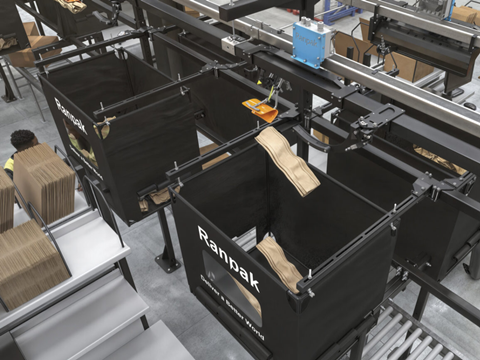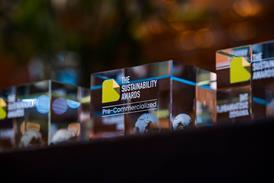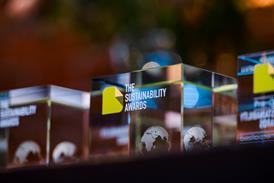
Ranpak has combined automation and protective paper technology into three integrated solutions that apply recyclable and biodegradable pads or void fill to e-commerce and industrial packages, seeking to reduce the labour and training required of human operators.
The PadPak Multi-Station automatically delivers cushion pads to the packer, which is hoped to negate the need for separate converters at each packing station, save space, and improve ergonomics. Its single central PadPak paper converter intends to supply 100% recyclable, biodegradable, and renewable paper pads, with an automated line continuously sending them to up to ten packaging stations.
Described as modular and highly customizable, the solution’s layout is adaptable to specific packaging needs and is described as easy to integrate into spaces with unique dimensions.
Meanwhile, DecisionTower with FillPak Trident intends to measure and precisely dispense paper void fill using machine vision capabilities. Ranpak claims that the void fill material is fully kerbside recyclable, and that combining it with vision technology results in a less wasteful, more consistent packaging process, alongside an improved unboxing experience for consumers.
Apparently, active void measurement and the triangle-shaped paper pads dispensed by the FillPak Trident – engineered to fill space with the minimum amount of material – achieves paper reduction of up to 35%. The DecisionTower with FillPak Trident solution is set to adjust automatically to different void volume and box types, which is hoped to make the solution more accessible to operators with little or no training.
Thirdly, the fully automated Pad’it! system creates waved paper cushioning pads, then picks and places them into the top, bottom, or both top and bottom of a pack for protection. This process is set to require minimum operator training and cut down on the manual labour required to pack a product.
Padding can be applied to up to 15 boxes per minute using the Pad’it! system, Ranpak says, meaning it is expected to keep pace with other automated solutions on a packaging line. The robotic arm and WrapPak Protector converter are designed to place the padding precisely for improved protection, visual appeal, and a better unboxing experience.
All three solutions are intended to help businesses scale their operations, improve their environmental performance, and stay on top of changes in regulation while improving the ergonomics of their packaging lines.
Last year, Ranpak unveiled three new digital tools for its Cut’it! EVO automated in-line packaging machine. These included the DecisionTower tool, which combines 2D and 3D AI-supported computer vision technology to support quality control, order insights, precision void filling, and more.
EndFlex also sought to use less corrugate than pre-formed cases and achieve ‘unparalleled’ efficiency and versatility with its Boxxer Wrap Around Case Packer. Suitable for industries with large-scale packing needs, the packer’s wrap-around method keeps products stable in transit, thus claiming to increase protection and security.
Systech has made a similar, more recent effort to optimize productivity and improve efficiency. Its ST16 Semi-Automated Multi-Aggregation Station is geared towards pharmaceutical manufacturers, CMOs, CDMOs, re-packagers, and distributors; it automatically detects when a case is ready and initiates the packing process, while inspecting the case label to ensure accuracy.
If you liked this story, you might also enjoy:
Reuse vs. single use – which is better for the environment?
Sustainable Innovation Report 2025: Current trends and future priorities
What can the world learn from South Korea’s world-leading performance in plastics circularity?





















No comments yet